Mantı
A mid-15th-century Ottoman recipe, mantı is filled with pounded lamb and crushed chickpeas, steamed, and served topped with yogurt mixed with crushed garlic and sprinkled with sumac. In modern Turkish cuisine, mantı is typically served topped with yogurt and garlic, and spiced with red pepper powder and melted butter, and with ground sumac and/or dried mint. Although there are many different variations of mantı in terms of shape and way of serving, the most praised type of mantı is known as Kayseri Mantısı, a special kind of mantı belong to Kayseri, an Anatolian city of Turkey. The characteristics of Kayseri Mantısı is that it is very tiny and it is served with yogurt, oil (caramelized with tomato paste), and seasonings. Kayseri Mantısı is also served with the water it was boiled in, and often in Kayseri it is consumed as a soup prior to the main dish. In Kayseri when a couple is engaged to be married, the mother of the groom visits the bride’s house and during this visit the bride should prepare mantı for her prospective mother-in-law. The smaller the mantı dumplings are, the more the bride is considered to be skillful in the kitchen. Traditionally the dumplings prepared for the prospective mother-in law are supposed to be so small that 40 of them can be scooped up with one spoon. Mantı may be made from shredded meat of quail, chicken or goose in some regions of Turkey, while ‘boş mantı’ (’empty dumpling’) lack filling entirely.
Source: Wikipedia
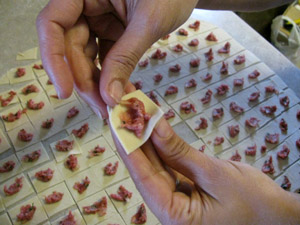
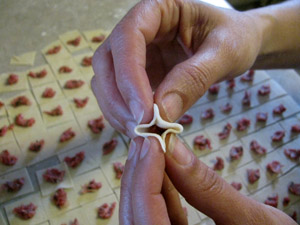
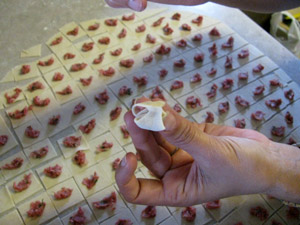
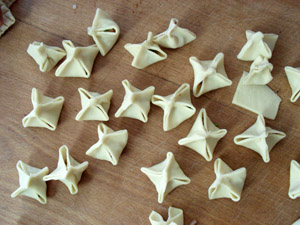
It is the geometry of Mantı components, that enable quick cooking for its ingredients (usually meat) but also is a structurally stable form. I’m excited to see this transformation as a structural capacity, half folding, and bending behavior of these shells. Two years ago, one of the final projects of our computation-based Basic Design studio experimented with similar forms to see how a relatively weak surface material could be transformed into a structurally better one. I don’t know if this similarity is an accident, or not.
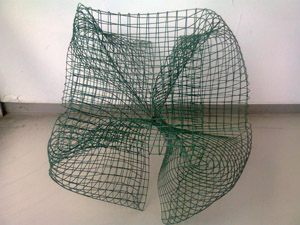
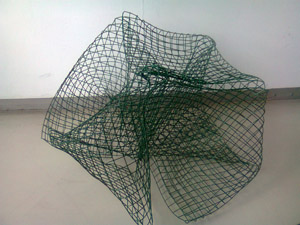
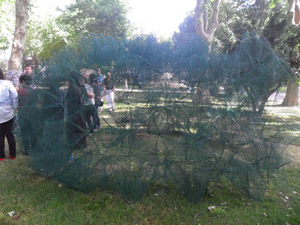
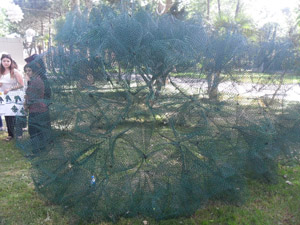
Although the structure did not survive that winter, the components proved very successful as we still use them as stools. Here is a Grasshopper definition that develops Mantı Shells. It was a pretty tough challenge to tell Grasshopper how it should bend the surfaces without changing the overall area. Catenary curves could be used to sustain the edge lengths.
The definition is a messy one now and needs optimization. I’ll continue working on it, and post the results here ASAP.








